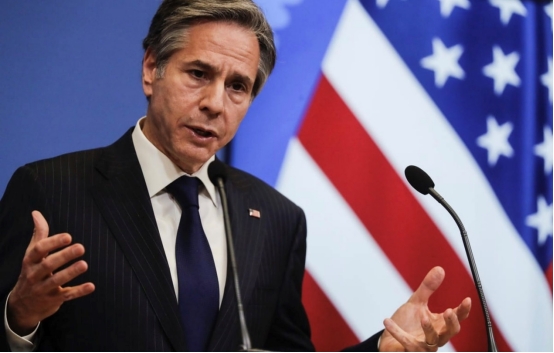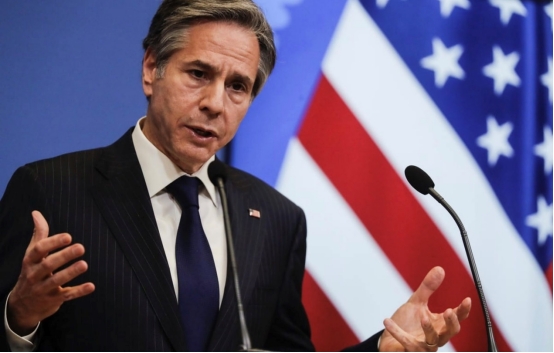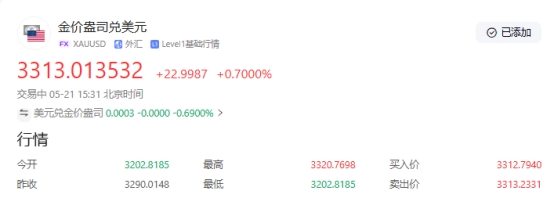Blinken threatens sanctions, escalates Russia-Ukraine crisis, and gold safe-haven demand soars
- 2025年5月22日
- Posted by: Macro Global Markets
- Category: News

Blinken threatens sanctions, escalates Russia-Ukraine crisis, and gold safe-haven demand soars

On May 20th local time, US Secretary of State Blinken made a tough statement in a speech at a Washington think tank that if Russia and Ukraine fail to reach substantive progress on a ceasefire agreement within the next two weeks, the United States will join the European Union to impose a new round of sanctions on Russia, focusing on energy, finance and the military-industrial complex. This statement immediately caused a stir in the market. In the Asian session on May 21, the spot gold price soared last night, breaking through the $3,300/ounce mark at one point, reaching a high of $3,320.76, a new high in more than a week.

The sanctions plan includes expanding the scope of the crackdown on Russia's "shadow fleet", banning its oil tankers from entering EU ports, and freezing the assets of related shipping companies. On May 20, the European Council formally adopted the 17th round of sanctions against Russia, involving 189 Russian ships, and blacklisted key energy companies such as Russia's Surgutneftegaz Company. The United Kingdom followed suit, announcing the suspension of free trade agreement negotiations with Russia and imposing an asset freeze on individuals and institutions involved in the information war against Ukraine.
The sanctions plan includes expanding the scope of the crackdown on Russia's "shadow fleet", banning its oil tankers from entering EU ports, and freezing the assets of related shipping companies. On May 20, the European Council formally adopted the 17th round of sanctions against Russia, involving 189 Russian ships, and blacklisted key energy companies such as Russia's Surgutneftegaz Company. The United Kingdom followed suit, announcing the suspension of free trade agreement negotiations with Russia and imposing an asset freeze on individuals and institutions involved in the information war against Ukraine.
3. The triple driving logic of the gold market
Geo-risk premium surges: The situation in the Middle East remains tense due to Israel's possible attack on Iran's nuclear facilities. Coupled with the protracted conflict between Russia and Ukraine, market risk aversion has reached a critical point.
The U.S. dollar credit system is shaken: the chain reaction of Moody's downgrading the U.S. sovereign credit rating to "Aa1" continues to ferment, and the U.S. dollar index fell below the 100 mark to 99.62 in the Asian session on May 21, hitting a new low since May 8. The 10-year U.S. Treasury yield broke through 4.5%, and the 30-year yield soared to more than 5%. Investors' confidence crisis in the credit of U.S. Treasury bonds has exacerbated gold's safe-haven appeal.

The current gold market is in a triple positive resonance of geopolitical risks, US dollar credit crisis and technical breakthroughs. The escalation of US sanctions on Russia has become the "last straw" triggering the risk aversion frenzy.
